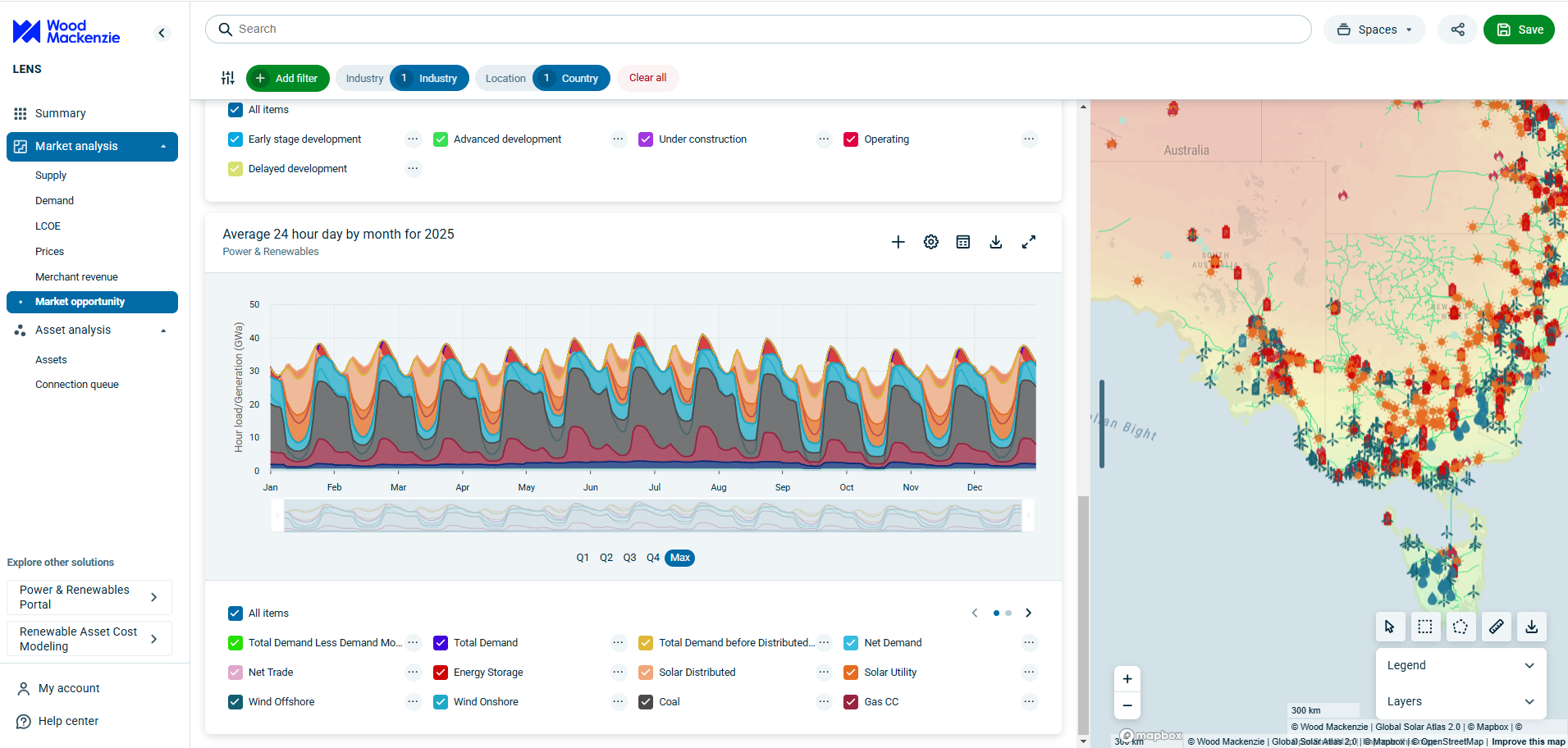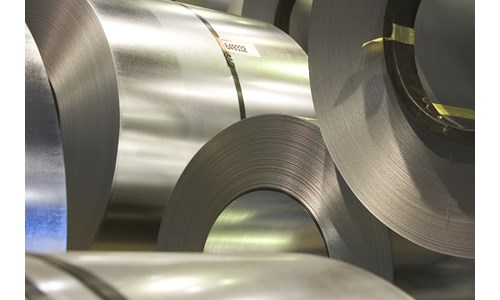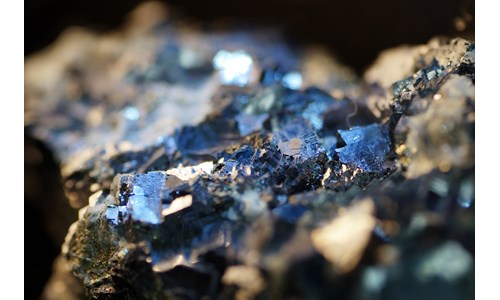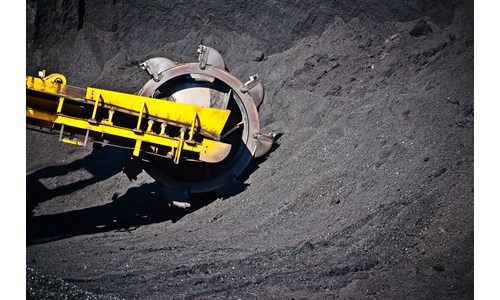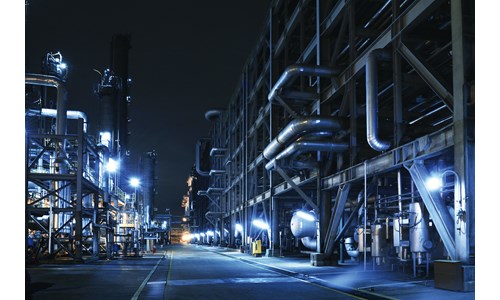Can RGGI states avoid 'leaking' carbon emissions to their neighbors?
*Please note that this report only includes an Excel data file if this is indicated in "What's included" below
Report summary
Table of contents
- Key Takeaways
- Introduction
- Valuing RGGI CO 2 allowances
- Why RGGI prices are poised to rise
- Leakage challenges intended CO 2 reductions
- After coal-to-gas switching – the only effective way to further reduce power sector emissions is to reduce Net Fossil Demand
- Caveats and Conclusions
Tables and charts
This report includes the following images and tables:
- The RGGI Footprint
- Historical/forecast RGGI carbon Allowance prices (2017 $/short-ton)
- Forecast change in generator carbon emissions if RGGI was canceled
- Forecast RGGI Power Demand and Generation (TWh)
What's included
This report contains:
Other reports you may be interested in
Sinochem - Lower 48 upstream
Upstream valuation of Sinochem's assets in the US Lower 48
$22,800Will US EPA’s proposed carbon emissions rule succeed where the Clean Power Plan failed?
Relying on carbon capture and hydrogen, the US EPA proposed carbon emission guidelines for the power sector.
$3,000MISO throws a short lifeline to coal, or vice versa
Near-term reliability concerns prompt MISO to submit a FERC filing to designate Rush Island a System Support Resource (SSR).
$3,000




